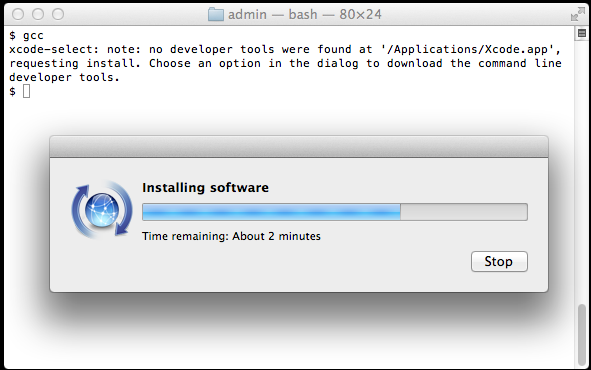

- #Jupyter notebook install for mac how to#
- #Jupyter notebook install for mac update#
- #Jupyter notebook install for mac full#
- #Jupyter notebook install for mac download#
It is possible to download an R kernel, much like for Stata and SAS, but it can be a bit fickle, so a different approach is described below. However, if you would prefer Jupyter, then please read on. If you are hoping to make nice documents and reproducible work using R, I would highly recommend that you use the R Markdown or R Notebook through RStudio application instead.
edit the file with the correct path the SAS executable and include any options you wish it include in the SAS invocation. Failing that, this command will search the OS for the file location: find / -name sascfg.py To query pip for the location of the file, type pip show saspy. find the sascfg.py file – it is currently located in the install location (see above) /site-packages/saspy/sascfg.py. Now verify that the SAS Executable is correct Sas /home/sas/.local/share/jupyter/kernels/sas Python3 /home/sas/anaconda3/lib/python3.5/site-packages/ipykernel/resources First we need to install a dependency called saspy that helps the kernel connect SAS to python Open a command prompt (Windows) / terminal (linux/mac) and type/copy-paste the following commands, pressing enter after each line. The instructions for installing the sas_kernel are based from the original documentation here* Right-click on the updated Shortcut to StataSE.exe choose Run as administrator. So if the target is currently "C:\Program Files\Stata12\StataSE.exe", change it to "C:\Program Files\Stata12\StataSE.exe" /Register (note the space before /). Right-click on the newly created Shortcut to StataSE.exe, choose Properties, and append /Register to the end of the Target field. In the installation directory (most likely C:\Program Files (x86)\Stata12 or similar), right-click on the Stata executable, for example, StataSE.exe (this will just show as StataSE, but is listed as an application). In order to let stata_kernel talk to Stata, you need to link the Stata Automation library: Open a command prompt (Windows) / terminal (linux/mac) and type/copy-paste the following commands, pressing enter after each line 

#Jupyter notebook install for mac update#
If these instructions do not work for you, it may be that there has been an update to the kernel, at which point, please refer to the original documentation linked above. It should work with Stata 12 (I have tested it). The instructions for installing the stata_kernel are based from the original documentation here.
#Jupyter notebook install for mac how to#
To see how to get a particular language to work in Jupyter Notebooks, please click on the appropriate language:. Use kernels to connect your programming language of choice with python and the notebook. To do this you will need to manually edit the installation path within the Anaconda installer wizard, otherwise it will automatically end up in the C:\ drive Be sure to install Anaconda to the drive where your data lives. Be sure to select Add Anaconda to my PATH environment variable under Advanced Options. Be sure to only install for one user, not the whole system. Be sure to choose Python 3.x, not Python 2.x, as it’s the newer version and is forwards-compatible. #Jupyter notebook install for mac full#
Download the full Anaconda distribution i.e. not miniconda. The instructions below will be enough to get you up and running with Jupyter notebooks in your language of choice. In order to get running, I strongly recommend downloading the Anaconda distribution over other distributions, or even just directly from Python’s website. Mac’s come shipped with a version of Python, but it is most likely outdated, and it doesn’t contain everything we want. 3.2.3 Customizing Jupyter notebook’s UI. 2.1 Reproducible work - an introduction.







 0 kommentar(er)
0 kommentar(er)
